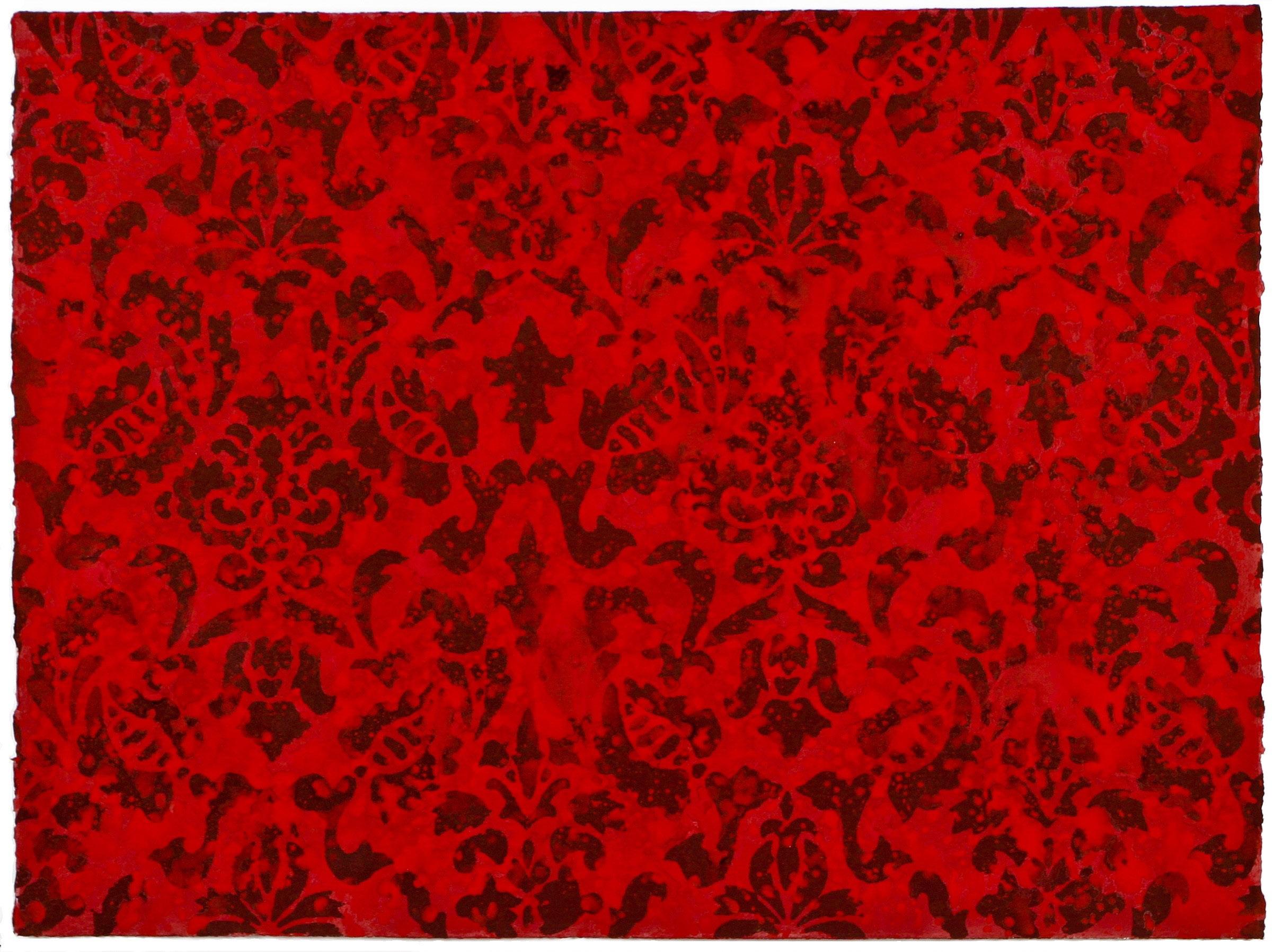
2 minute read
Margrét Jónsdóttir – Painting as Epitaph
One of the most direct but yet subtle visual message in the history of painting can be found in the vanitas paintings during the Dutch golden age. What is fascinating about these propped still lives are the political and existential meanings produced by an interconnection of organic things and everyday objects. The vanitas paintings were a product of social and religious transition of a nation that had converted to Lutherian and Calvinist ways and therefor rejected the pictorial language of catholicism. Since art in catholic churches upheld the resurrection and eternal life (even Jesus suffering on the cross is never about death but rather his sacrifice so that man can have eternal life in Christ), Dutch artists needed to oppose such imagery, and the vanitas paintings served that purpose by telling us, with rotting fruits, shedding plants and barred skulls, that pleasures are futile and everything has an end.
Another fascinating aspect of the Dutch vanitas paintings is the contradiction of creating Memento mori. Taking in images that indicate death and decay while enjoying the pictorial beauty and elaborate craft of the paintings is paradoxical. In that sense the vanitas paintings are ancestors to artworks like Jean Tinguely's Homage to New York, Yoko Ono's Cut Piece, Dieter Roth's rotting objects and any artwork that is its own epitaph or IN MEMORIAM.
Advertisement
Icelandic artist Margrét Jónsdóttir has dedicated most of her art over the last 20 years to the theme of IN MEMORIAM. Her first exhibition bearing that title was held at The ASÍ Art Museum in Reykjavík in 2001. The exhibition was dedicated to her mother and uncle, who had recently passed on, and consisted mostly of paintings with egg tempera on paper mixed with organic material that in time would cause the surface of the paintings to mold and rot. The paintings had some resemblance to landscapes but not as representations. The relation was more in the handling of the material and structure of the surface. There was also a decorative or ornamental touch in the pictorial layout that was counterpunched with greyish dirt like colours and, in some cases, a small shape neatly placed on the surface depicting a small excrement that some person or other had relieved from his or her body.
Three years later, for another exhibition titled IN MEMORIAM at Reykjanes Art Museum, Margrét went further into the ornamental phase of painting when she exhibited a series of works made with French wallpaper stencils on paper. The stencils formed a flower leaf pattern that is familiar in wall paper tradition, but the artist attacked the decorative features with a deep and aggressive red colour, executed in somewhat expressive manner that touched on abstract expressionism and artists such as Jackson Pollock, Lee Krasner and Perle Fine. In fact, the paintings functioned as sort of hybrids of ornamentalism and abstract expressionism.
These paintings had obvious references to Dutch vanitas paintings due to their theme of futility and inevitability of death, but also because the flower wall paper relates to flower paintings. Flowers played an important role in the vanitas imagery. Painters such as Maria van Oosterwijk and Rachel Ruysch would have colourful flowers in the centre of their paintings, surrounded by darkened colours, representing the transience of life.
IN MEMORIAM. Egg tempera on paper, 78x106 cm, 2002–2003. Photo: xxxxxx

